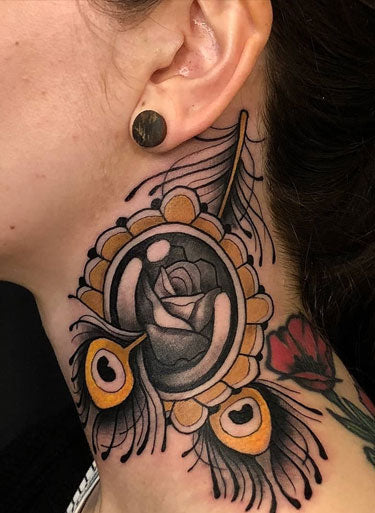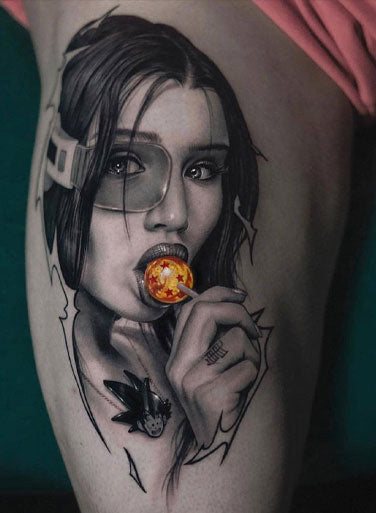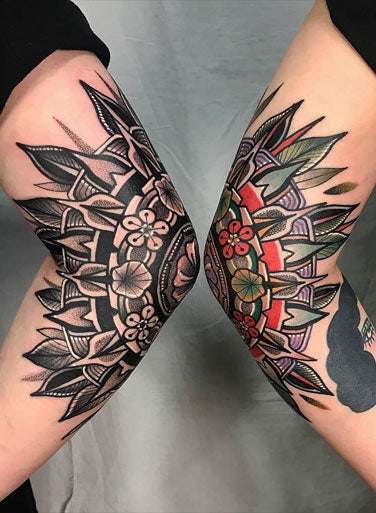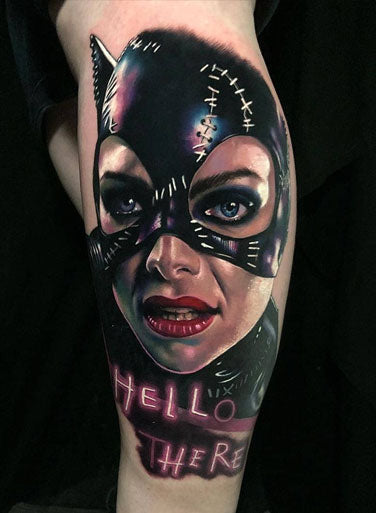Selecting ink or aftercare lotion in tattoo practices is a fascinating subject. Every outstanding design depends heavily on the tattoo machine, which receives less credit than it deserves. Therefore, understanding tattoo machine mechanics and different machine types is essential for an artist to advance in their skills because it affects both their soft gradient and bold line creations.
Choosing between a rotary tattoo machine or a wireless tattoo pen can be confusing if you don’t know the usage. Hence, the article examines tattoo machine characteristics while explaining their critical impact on artistic performance.
Understanding the Evolution of Tattoo Machines
The introduction of the tattoo machine used electromagnetic coils as the power source for needle motion. Although coil machines persist as favorites because of their strong operation and traditional nature, the modern rotary models now dominate the business landscape. The rotary machine's rotating motor drives operation while providing smooth movement, quiet performance, and versatile use that suits lining and shading tasks.
Market evolution brings forward hybrid tattoo machine designs that combine advantageous components from each available system. Modern artists choose machines that cut down vibrations while enhancing operational control, which lets them work for prolonged sessions with minimal physical fatigue.
The First of the Tattoo Machines: Coil Machines
Veteran artists continue to depend on coil tattoo machines as their essential device. For decades, the machines have maintained their relevance through their capability to produce sharp lines and precise shading.
The(operator) or shader function of coil tattoo machines needs a specific machine design, while speed and voltage adjustments directly affect machine performance.
Sleek and Ergonomic Machine: Pen-Style Machine
The modern innovation in tattoo artistry presents pen machines with a marker-like appearance. When making movement and doing the sleek tattoo style, these tattoo pens have opened the world to new designs that look minimalistic.
Its ergonomic features and build quality help the artists create multiple designs with a solid grip attached to the pen.
Essential Considerations Before You Invest
When selecting a tattoo machine, your main decision should be to find a tool that will work smoothly with your artistic techniques. Owning a quality tattoo machine means weighing aspects of weight, balance, power generation, and available needles and grips.
The maintenance requirements of your tattoo equipment should be evaluated because coil machines need frequent inspections, but rotary devices function best as ready-to-go tools.
When selecting your machine, internal factors should be considered since they determine its ability to adapt. The machine exhibits satisfactory performance in lining and shading operations simultaneously, which you can get as a beginner. A rotary tattoo machine, on the other hand, can help practice the art.
Does the machine enable users to change the length of their strokes to create different artistic styles? The selection of this equipment depends on questions about power output and weight distribution as well as needle and grip compatibility rather than brand recognition or design appeal. All of these factors help get the correct type of tattoo machine and the ones that will help a person develop a keen interest in the art form.


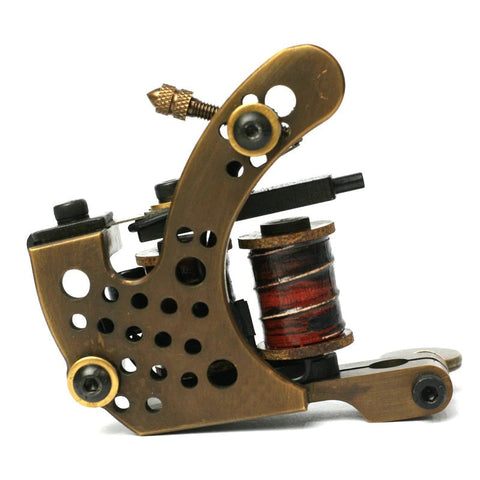




 CustomIronsTattooSupplies
CustomIronsTattooSupplies